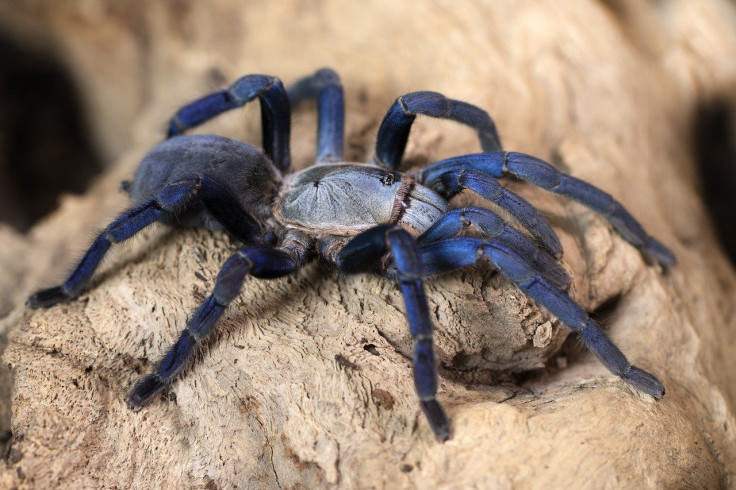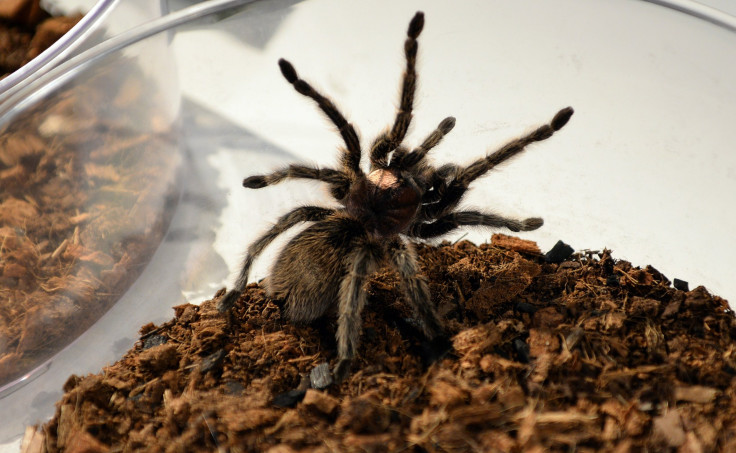Spider Mystery: Researchers Find Why Some Tarantulas Have Bright Colors
KEY POINTS
- Tarantulas are nocturnal and have long been thought to be incapable to see in color
- A team of researchers studied the origins of tarantulas' bright coloration
- They say tarantulas actually have color vision and maybe using their colors to look for mates or for camouflage
Are tarantulas really as color blind as they have long been thought to be? A team of researchers has found a possible reason for why tarantulas come in bright, vivid colors even when they have been long thought to be incapable to see in color.
Tarantulas are some of the biggest spiders in the world, with the largest spider, the Goliath bird-eating tarantula, has legs measuring up to 11 inches in length, according to the San Diego Zoo. They're also known for their hairy bodies, some of which sport bright, vivid blue and green colors. This display of bright colors has puzzled scientists for a long time since tarantulas are nocturnal creatures and are not even known to have color vision.
To find out, a team of researchers traced the origins of tarantulas' bright coloration. When the team recreated the colors of a tarantula ancestor from 110 million years ago, they found that the ancient arachnid was most likely blue in color. Further analysis also revealed that the blue coloration in tarantulas was lost more frequently in the process of evolution while the green coloration evolved several times and remained throughout evolution.
The researchers say the blue coloration is not related to common defense mechanisms but are likely used to attract mates. On the other hand, the spiders with green coloration are largely arboreal species, or those that stay in trees, which means that in their case, the color is used for camouflage, they say.

But how can the spiders even see these colors if they don't even have color vision? The researchers have found that tarantulas may actually be capable of seeing colors.
They came to the hypothesis by studying the opsins, or the proteins linked to vision, in tarantulas. Although greater opsin expression does not necessarily mean that an animal has greater color discrimination, a species without it may be hypothesized as being unable to perceive colors.
Their findings showed that tarantulas actually have a "considerable" diversity of opsin genes, comparable even to that of day-active spiders. This could mean that contrary to a long-held belief that the spiders cannot see colors, they actually have good color vision, suggesting that they could, indeed, see each other's bright colors.
"While the precise function of blueness remains unclear, our results suggest that tarantulas may be able to see these blue displays, so mate choice is a likely potential explanation," study lead author Dr. Saoirse Foley of Yale-NUS College and Carnegie Mellon University (CMU) said in a news release. "We have set an impetus for future projects to include a behavioral element to fully explore these hypotheses, and it is very exciting to consider how further studies will build upon our results."
The researchers not only found the possible origins of tarantulas' vivid colors and how they use it but also determined that the creatures may not be as color-blind as previously thought.
The study was published in Proceedings of the Royal Society B.

© Copyright IBTimes 2024. All rights reserved.






















